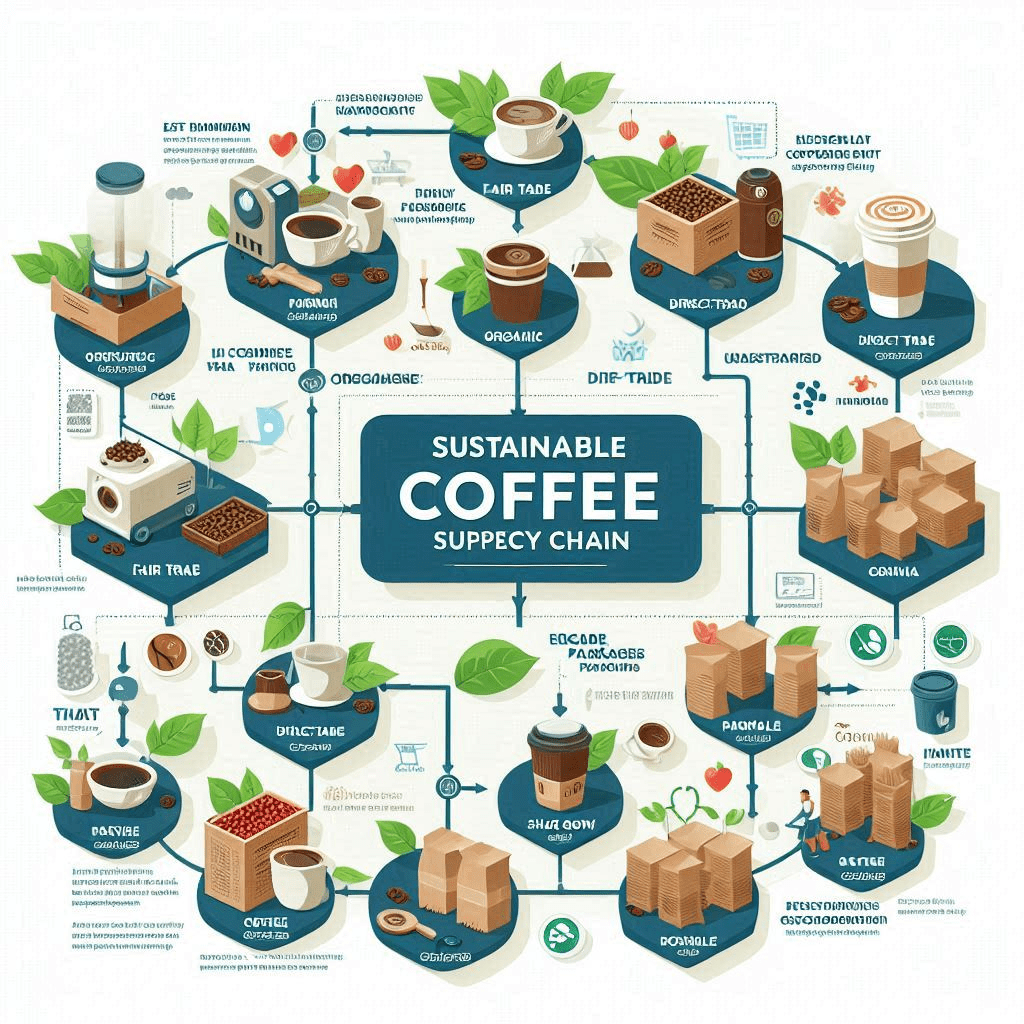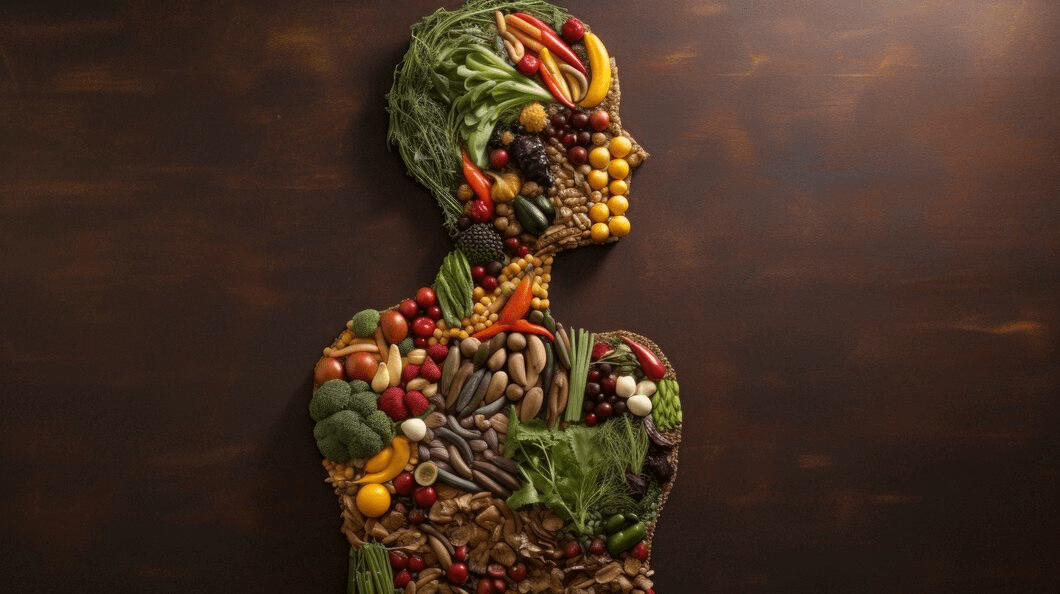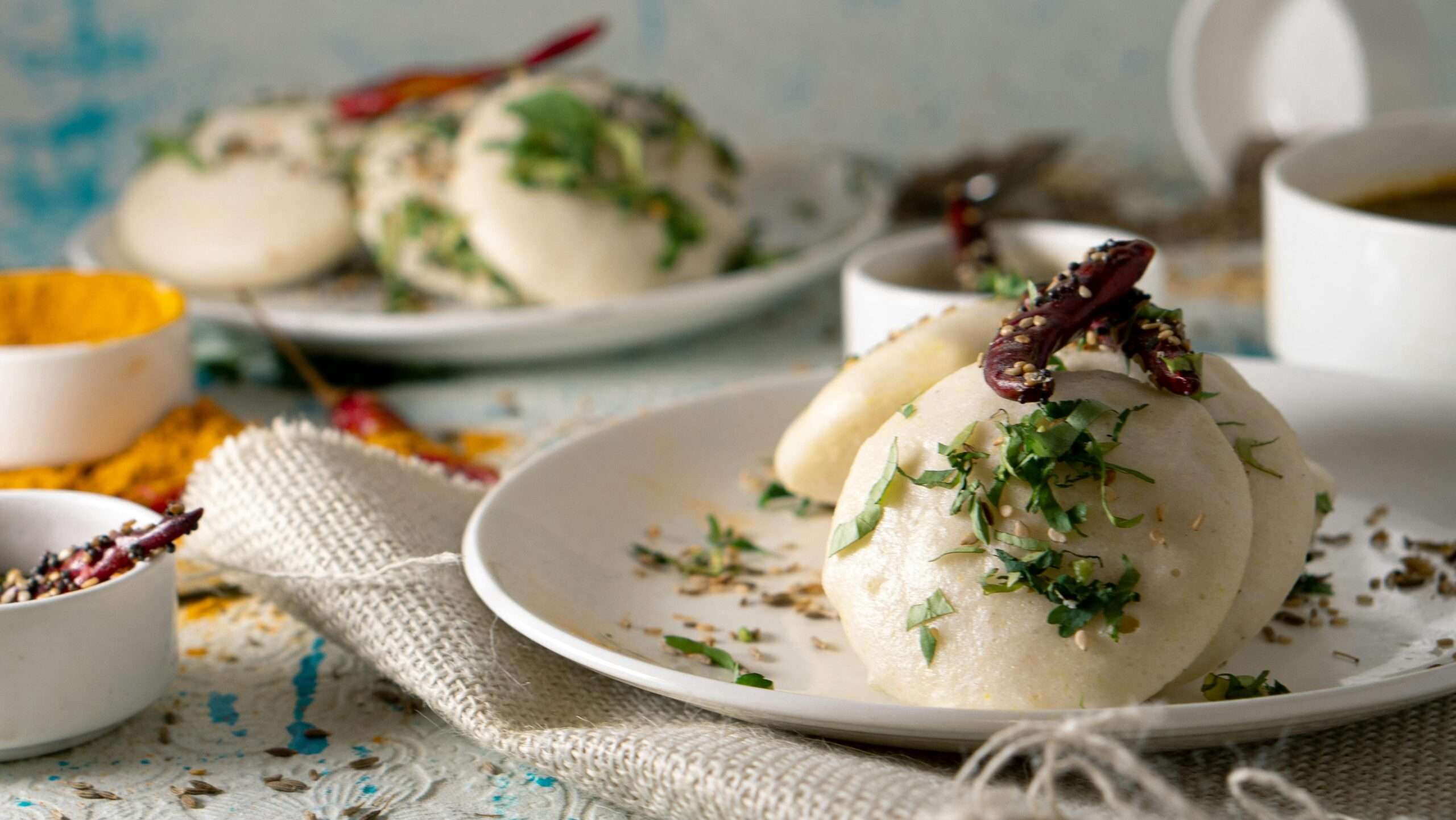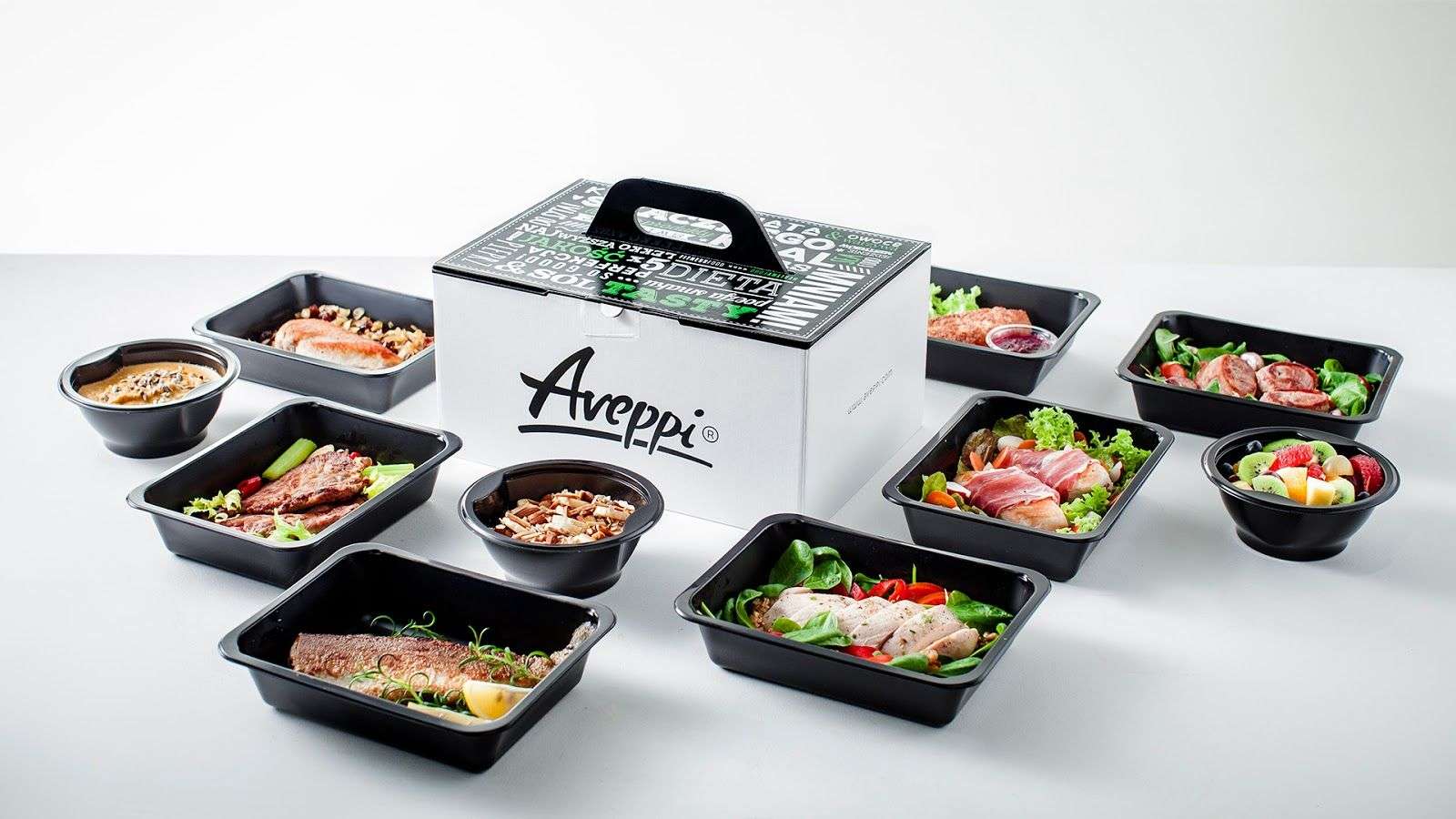Japan and China are well known for using fresh ingredients in their cuisines, from fish to vegetables. Their dishes also feature vibrant flavors; Chinese chefs typically favor bold spices, while Japanese prefer more subtle aromatics when cooking.
Presentation is another key distinction between Japanese and Chinese cuisines. Japanese restaurants place great importance on aesthetically presenting dishes; their food often features beautiful plating designed to look symmetrical and visually appealing, avoiding excessive use of grease when making meals. They may serve their meals alongside green tea, while the Chinese prefer drinking black tea post-meal. Chinese meals can be prepared using different techniques ranging from stir-frying and steaming to boiling and roasting.
Visit a local sushi bar or multi-cuisine restaurant for Chinese and Japanese food in Boston or elsewhere to sample real Japanese and Chinese food and discover the sensations these meals truly offer.
What is the Staple of Japanese Food?
Japanese cuisine often features cooked meats and vegetables over raw ones. Common proteins in Japanese meals include chicken, beef, and pork; these dishes are grilled, pan-fried, or stir-fried to perfection. They also frequently consume noodles and rice during their meals. Udon noodles made of wheat flour can also be enjoyed hot or cold. To experience the real and authentic Japanese food in Boston, visit some of the best restaurants nearby now!
What is the Staple Food for the Chinese?
Live fish are frequently chosen along with chickens that cluck noisily and produce that glistens and smells sweet like freshly baked goods. Chinese diets feature an abundance of beans, onions, and garlic. Onions are used as garnishes or raw as salad ingredients and are rich in vitamins A, B, and C; additionally, they’re often featured as ingredients in stir-fried dishes. Soybean sprouts and string beans are other popular Chinese vegetables. Garlic is an integral ingredient in Chinese cooking, particularly in Cantonese cuisine and spicy Szechuan dishes. Additionally, garlic has become a central component of traditional Chinese medicine as a vital nutrient source.
Japanese Cooking Style and Cookware
Japan has developed its distinct cuisine. Because rice and noodles, the two main components of Japanese cuisine, are taken in much smaller quantities than they would be in Chinese meals, Japanese cuisine tends to be lighter than Chinese cuisine. Japanese cuisine is safe and healthful to eat because of the kitchenware used to prepare it. So, is Japanese Asian food? Yes, it is indeed. In fact, it is one of the healthiest Asian food options available.
Japanese cuisine also avoids using excessive oil when creating recipes, using flat pans called teppans instead of high-heat grilling methods like Chinese cuisine. Teppans allow chefs to prepare food at very high temperatures while using less grease and oil compared to Chinese recipes, helping keep crispy bites light and keeping nutritional value intact in veggies used in Japanese recipes – thus making Japanese food considered healthier than its Chinese counterpart. Japanese cuisine offers the healthiest Asian food options.
Chinese Cooking Style and Cookware
Chinese cuisine features carbohydrates such as rice and noodles. Furthermore, oil in its preparation results in foods high in calories and sodium, such as stir-fried vegetables that contain high quantities of both nutrients. In contrast, Japanese recipes focus on seafood and whole grains for cooking purposes. Japan offers food that tends to be healthier than China’s, including using less meat, more likely being grilled, using raw ingredients more often, and being served alongside green tea rather than coffee or other Western beverages.
Chinese food stands out from its American counterpart by employing more spicy seasonings that create a bolder, more impactful taste on your tongue. Furthermore, its chefs use various cooking techniques like stir-frying and deep-frying – the latter is often done using a wok; however, some chefs may use flat pans for healthier alternatives to stir-frying. Although it’s not one of the healthiest Asian food items, it does offer some amazing flavors.
Conclusion
While discussing Japanese vs Chinese food, it’s worthwhile to know that both Chinese and Japanese cuisines enjoy drinking tea in different styles. Chinese typically drink black tea, while Japanese prefer green tea due to its beneficial properties for digestion.
Authentic Chinese cuisine can be found worldwide, while Japan is no exception. Japanese food in Boston can be found at some of the top sushi restaurants and various Chinese-Japanese fusion restaurants that combine authentic Chinese and Japanese dishes – which have become increasingly popular, reflecting Japan’s multicultural history and culture.
Though Japanese and Chinese cuisine share similar ingredients, their styles differ considerably – for instance, Chinese chefs tend to favor more spicy flavors than their counterparts from Japan. Japanese cuisine is healthy and is more in demand. Chinese dishes typically use excessive oil to create moist and crispy textures in their foods, making them less health-friendly than Japanese cuisine.










